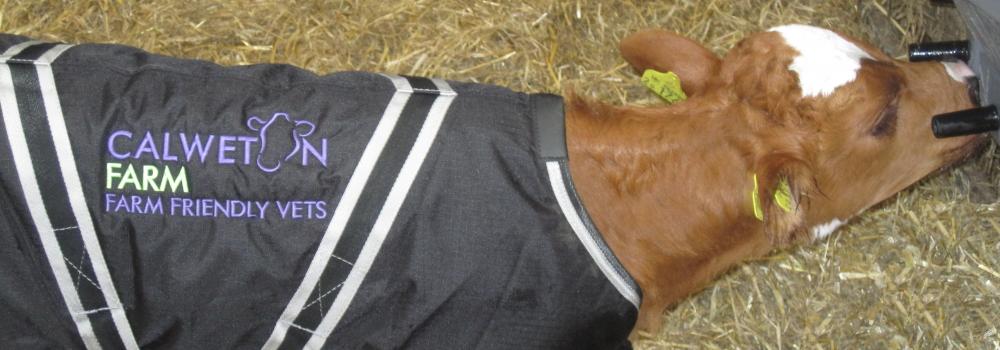Rearing dairy heifers is expensive and time-consuming, with the return on investment not commencing until the time at which the heifer starts producing milk. The ‘break even’ point – the time at which the milk produced has covered the cost of rearing – is not reached on average until halfway through the second lactation. Age at first calving (AFC) has a profound effect on the cost, therefore for later calving herds the wait can be significantly longer. Whilst the optimum AFC is widely considered to be 24 months, the UK average is around 26 months. Calving two months earlier reduces rearing costs by approximately 15% and also carries other significant benefits including increased yields and longevity. But how can this be achieved? As it turns out, a cow’s lifetime performance is laid down in the first two months of her life.
‘Metabolic programming’ is an entirely natural phenomenon that has been proven to exist in both animals and humans. In simple terms, how an animal is managed in early life can pre-programme the metabolism of a calf, to determine her lifetime production. A good cow is the result not just of good genetics, but also good feeding and management in early life, allowing her to reach her genetic potential.
The 5 C’s of Calf rearing start with Colostrum and Calories. Feeding 4 rather than 2 litres of colostrum in the first 6 hours of life improves daily liveweight gain, and reduces age at first conception by around 2 weeks. Survival through second lactation is increased by over 10%, and milk yield through to second lactation by 1000 litres. Unsurprisingly, feeding more milk replacer improves daily live weight gain (to a level that increased feeding after weaning cannot come close); it will also dramatically increase udder development.
The C’s continue with Cleanliness – from calving pen to calf accommodation, not forgetting footwear and equipment – and Comfort. Finally, the importance of Consistency should not be underestimated: calves thrive when milk is fed at the same temperature, concentration, quantity, and time of day.
Calf Tracker
The challenges of dairy cow fertility are helped by weekly or fortnightly vet visits, yet too often the complexities of calf rearing in the key 8-week window go untracked. We offer regular Calf Tracker visits dedicated to calf health. During these visits:
- Calves will be weigh-banded and daily liveweight gain calculated, providing reassurance or acting as an early warning mechanism for problems
- Any mortalities, scour or pneumonia can be recorded in order to help identify potential areas for improvement and action taken as required
- Success of colostrum intake can be measured with the aid of blood samples, and colostrum quality and policy checked.
Why leave your future dairy herd to chance?


